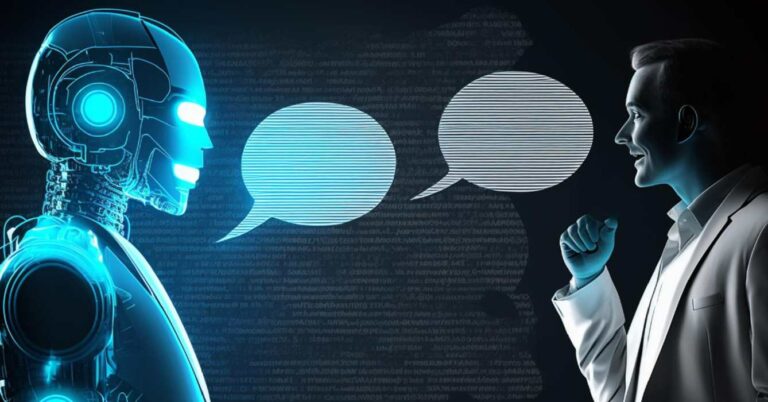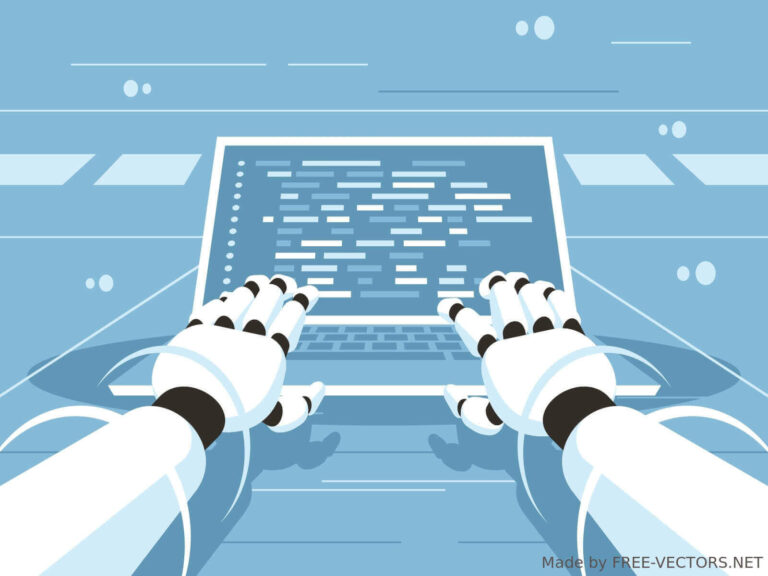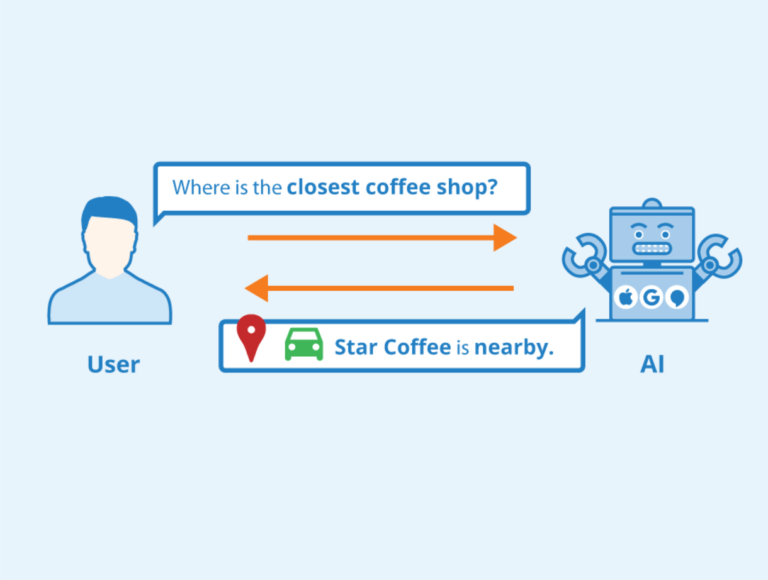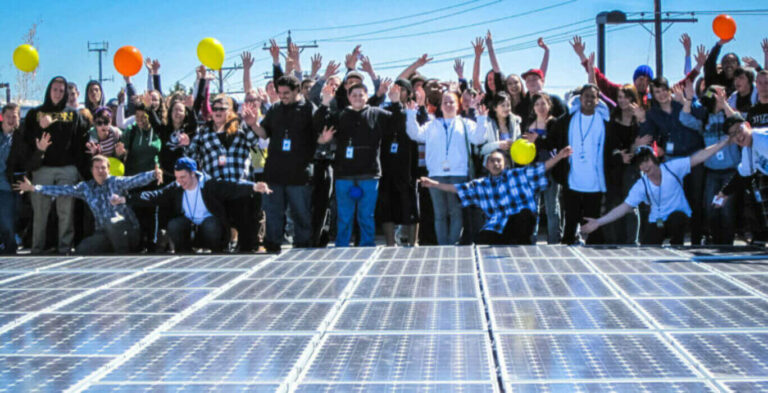Generative AI: What is it? Benefits, Disadvantages & more
Not sure what Generative AI means? Here's everything you need to know and understand this technology.
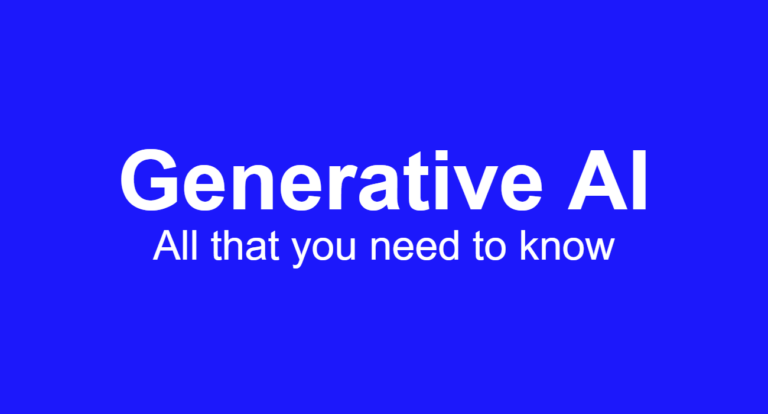
Generative AI is a section of artificial intelligence that uses machine learning models to create entirely new output based on a training set.
In other words, generative AI enables an algorithm to create stuff like a human would, as opposed to the standard analytical nature of AI systems.
These outputs range from deep fakes to AI chatbots, text-to-image and text-to-video creations, music, paintings, and so on.
Generative AI outputs have also gotten so good and even amazing in recent years, thanks to improvements in hardware and new machine-learning approaches.
This post gives you a rundown of the basics and applications of generative AI, as well as how they can affect your personal life and business.
How Generative AI Works
Artificial intelligence studies initially focused on using algorithms and neural networks to identify patterns in large datasets. This was used for pattern recognition, analytics, decision support, and anomaly detection.
Neural networks are digital representations of the human brain, which are used to model the brain’s natural system of thinking. Such a network has input and output layers of neurons, with one or more layers, called the hidden layer.
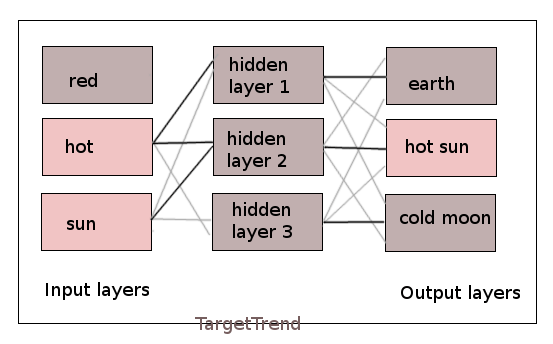
In simple terms, you activate one input neuron for each data unit such as a word. So, for example, the term “red hot sun” being fed into a neural net will activate the 3 input neurons for red, hot, and sun. And on the output layer, you let it know that those 3 inputs mean “red hot sun”.
At first, this might look stupid and time-consuming, but after you have trained such a network with “red hot sun”, green hot sun”, “green cold sun”, and “yellow cold sun”, then it starts to get an idea of what hot, green, and cold might be.
Fig. 1: Simple neural net with “hot sun” response
This is a very simplified explanation. But although neural networks are complex concepts, their study is a fantastic journey not only into the artificial intelligence world but also into the human mind and consciousness.
Furthermore, neural network technology has evolved over the years and into new systems and platforms that make today’s generative AI applications possible. Here are 3 of the popular neural networks used:
- Generative Adversarial Nets (GAN) – This is a neural network that uses two parts to generate an output. The first part is the generator that produces random output, while the second is a discriminator that evaluates the work to see how real or fake it is.
GANs use an unsupervised learning system, which means the discriminator part teaches the generator. With time, the discriminator gets better at detecting fakes, while the generator learns to produce better outputs up to realistic pictures. - Transformer – This is another type of neural network that works by storing any sequence of data into another sequence, which can then be used by a decoder to reproduce the original data sequence.
Transformers work best for projects with sequential data such as natural language sentences and music. Popular transformer-based neural networks include the GPT-3 from Microsoft, the Wu Dao 2.0 from Beijing China, and the LaMDA from Google. - Variational Auto-encoders (VAE) – This third type of neural net is used to detect noise in images, draw images, reduce dimensions, classify, and detect objects. VAE models use an unsupervised learning method to shrink data files using compression algorithms and patterns.
Benefits Of Generative AI
Here are the advantages that generative artificial intelligence brings with it:
- Higher quality outputs – Generative AI can be employed in finding and erasing noise in images and videos, raising their overall output quality.
- Cheaper Processes – By being able to drastically reduce the time and costs needed for drug and material discovery in the manufacturing industry, products can become cheaper to make.
- Productivity Boost – By cutting time and amount of work, generative AI that assists creative people can boost their productivity.
- Improved Health – The use of generative adversarial networks (GAN) in early tumor detection means better health.
- New Inventions – The use of neural nets in synthesizing new chemicals, patterns, substances, or other stuff can potentially lead to new inventions.
Disadvantages Of Generative AI
There are also a few issues related to generative AI, such as creativity limitations, setup costs, and ethical considerations. Here is a close look:
- Limited Creativity – While generative AI creates new stuff, there is no out-of-the-box thinking involved, as the produced output is usually a composite of the data fed into the neural net. In other words, AI systems lack originality. They cannot conceptualize or conceive an idea on their own, as they depend on human input to generate these ideas.
However, the pattern recognition feature of machine learning and the creative aspects of generative AI coincide beautifully with the 6th Chakra functionalities in the human energy system of yoga.
We are safe so long as machines remain this way, but should they ever attain the final 7th Chakra abilities to understand and conceptualize information, those very features which set us apart from other animals, then humans might be facing extinction. - High Setup Cost – The initial setup of AI systems can be high at the moment, although this is expected to come down in the future.
- Moral & Ethical Considerations – From deep-fakes that portray politicians and celebrities saying funny or bizarre stuff to controversial apps like deep-nude that incited a backlash from feminists, there is no limit to the possible negative outcomes of using generative AI.
Popular Generative AI Applications
Generative AI technology can be applied in many sectors where human creativity would normally be a requirement. The following is a look at its most popular applications and industries.
- Images – The generation of entirely new AI art, either using a text-to-image creation system or by automatically editing images, such as the addition of facial features, eyeglasses, and so on. The unpopular deep-nude app went as far as automatically unclothing people.
- Videos – Generative AI is also being employed in video creation, such as by turning a person’s picture into a talking video, making the famous Mona Lisa painting smile, and talking digital avatars that look and sound like real people.
- Text – This includes written text and computer code using Natural Language Processing (NLP). From chatbots to grammar proofreaders, and writing assistants for copywriters and coders, the domain is vast.
- Hollywood Movies – Asides from simply creating videos, generative AI can be applied in even more creative situations, such as creating entirely different faces of an actor using deep-fakery, changing their ages, impressive characters such as Marvel’s warlord Thanos, and even AI-generated stories and screenplays.
- Music – From play-along neural nets to more complex systems that compose music in a wide variety of genres either semi-assisted or fully automated, generative AI is equally set to disrupt the music industry.
- Healthcare – A range of applications, including the augmentation of body scans to provide better information for diagnosis.
- Fashion – From different styles to personalized custom outfits, colors, trend forecasting, and textures, generative AI is equally poised to disrupt the fashion industry.
- E-commerce personalization – Techniques used to predict a customer’s preferences and even go ahead to offer proactive solutions, experiences, targeted communication, personalized product recommendations, and so on.
- Data augmentation – The process of creating new data points from existing but limited data to increase the amount of information available.
- Manufacturing – Generative AI helps in the synthesis of new materials, chemicals, and drugs that can cut production costs.
Generative AI Project Ideas
The best way to learn is often by doing. So, if you are interested in generative AI and the possibilities it offers, then there is no better way to try it out than with a test project. Following are some ideas to get you going:
- Produce non-existent faces.
- Face aging or manipulation app.
- Create new human poses from images.
- Produce higher image resolutions.
- Colorize black and white images.
- Create 3D objects from 2D images.
- Create cartoon characters.
- Remove noise from images.
- NLP intent classification chat system.
- Short summaries of long articles.
- Text-to-image artwork creations.
- CT scan detection to improve cancer diagnosis.
Top Generative AI Tools
Many individuals and organizations have developed a wide range of tools that can help you with your generative AI project in one way or the other. Following are some of the most popular of these tools:
- OpenAI – Natural language processing GPT-3 and the natural language to code translation Codex models.
- GAN Lab – Generative Adversarial Network in your browser.
- NightCafe – AI art generator.
- TorchGan – GAN training framework using Pytorch.
- Pygan – Python library to implement GANs.
- TF-GAN – Lightweight Tensorflow tools for GANs.
- Google Cloud AI – Collection of AI tools from Google.
- AI Duet – This lets you play a piano duet with the computer.
- Art Breeder – Remix images to create unique artwork.
- Code T5 – Transformer-based model to understand and generate code.
- Mimicry AI – Copy and mimic anyone’s voice.
- GAN Toolkit – No-code GAN model framework.
- HyperGAN – Composable Python framework with UI and API.
- Deep Dream – Computer vision program.
- Imaginaire – Nvidia deep imaging PyTorch library.
- Cartoonify – Create cartoon-like images.
- Tensorflow – Popular machine learning platform.
- Scikit-learn – Another machine learning platform in Python.
- DALL-E – Impressive text-to-image creator.
Startups Using Generative AI
There are numerous startups out there focusing on using one aspect of generative AI or the other to solve problems. Here are some:
- Rephrase.ai – Hyper-personalized marketing videos at scale.
- DeepStory – AI stories and screenplays generator.
- Musico – AI-generated music.
- Synthesia – Video generation using text.
- Jukebox – AI-generated music using auto-encoders.
- D-ID – Create AI videos from photos.
- Genie AI – Legal templates plus an AI lawyer.
- Mostly AI – Synthetic data generator for AI development.
Conclusion
Coming to the end of this study of generative AI, you have seen what it is, what it isn’t, how it works, and what it is helping companies to achieve.
One thing we can all be sure of is that the artificial intelligence industry will continue to grow. So, if you are a developer, use it. And if you are a business owner, leverage it.


